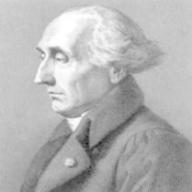維基:
螢光是一種光致發光的冷發光現象。當某種常溫物質經某種波長的入射光(通常是紫外線或X射線)照射,吸收光能後進入激發態,並且立即退激發並發出出射光(通常波長比入射光的的波長長,在可見光波段)
為何螢光物質會吸收高頻光子但re-emit頻率較低的光子?
為何螢光物質會吸收高頻光子但re-emit頻率較低的光子?
2011-01-11 9:15 am
回答 (1)
2011-01-12 4:36 am
✔ 最佳答案
The wikipedia web page has already told that an excited fluorescent molecule can be de-excited by various competing pathways. It can undergo 'non-radiative relaxation' in which the excitation energy is dissipated as heat (vibrations). The emission of photons in fluorescence is governed by the Kasha-Vavilov Rule, which states that photon emission is expected in appreciable yield only from the lowest excited state, If the difference in energy levels between the first excired state (i.e. lowest excited state) and the ground state gives rise to a photon with energy within the visible light range, the substance exhibit fluorescence. Hence, the emission wavelength in fluorescence is independent of the excitation wavelength.You could read the explanation on the Kasha-Vavilov Rule in the following web-page:
http://en.wikipedia.org/wiki/Kasha%27s_rule
收錄日期: 2021-04-29 17:38:13
原文連結 [永久失效]:
https://hk.answers.yahoo.com/question/index?qid=20110111000051KK00102

